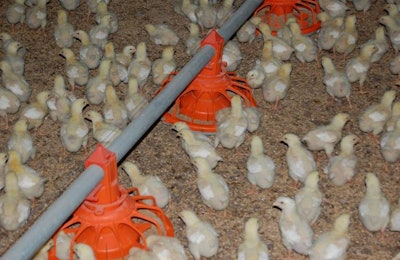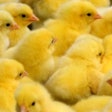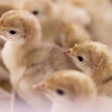
Editor’s note: In addition to publishing its regular news coverage of broiler welfare issues and the movement toward slower-growing broilers, WATT Global Media will be publishing a special series on these topics. This is the second installment of the series.
As proponents of new broiler welfare programs continue to push for changes in broiler production techniques and smaller, slower-growing breeds, cases are being made that birds in modern production are not as healthy or mobile as they should be.
However, Dr. Eilir Jones, CEO of Poultry Nutrition Limited, believes the problems identified are not as troublesome as some would want people to think. Jones also discussed the validity of better taste claims during the Alltech Ideas Conference in Lexington, Kentucky in May.
1. Broiler health and mortality rates
The thought that modern breeds of broilers are not as healthy and experience higher-than necessary mortality rates is not necessarily accurate, Jones said. In fact, he said that livability in modern breeds is at an all-time high.
“I know in several countries, I’ve come across houses of very fast-growing chickens where the mortality rate is below one percent,” Jones said. "That's fantastic, and more and more countries are improving the health of their chickens."
2. Mobility
Critics of modern poultry production say that broilers aren’t given adequate room to move or they are so large and lethargic they cannot move. While younger birds choose to expend their energy more and are naturally more mobile, older birds typically do not move as much and are “efficient,” he said.
“Efficient, modern broilers walk as much as they need to and want to. They get up when they want to eat and drink,” he said. “When they are young, they’re actually pretty active. They spar with each other; they play around with each other. Older birds are efficient. What’s wrong with that?”
3. Leg health
When people question the leg health of modern broilers, they often overlook several things, said Jones. Genetic selection in modern broilers is constantly improving all aspects of flock health, which he said includes leg health.
He also said natural dietary sources of 1,25 dihydroxy-cholecaliferol largely eliminates metabolic leg health issues in chicks from clean hatcheries.
“(It) doesn’t clear hatchery-related or infectious-related leg issues, but you can eliminate the welfare case of the slow-growing (breeds) by using a natural product like that.


















